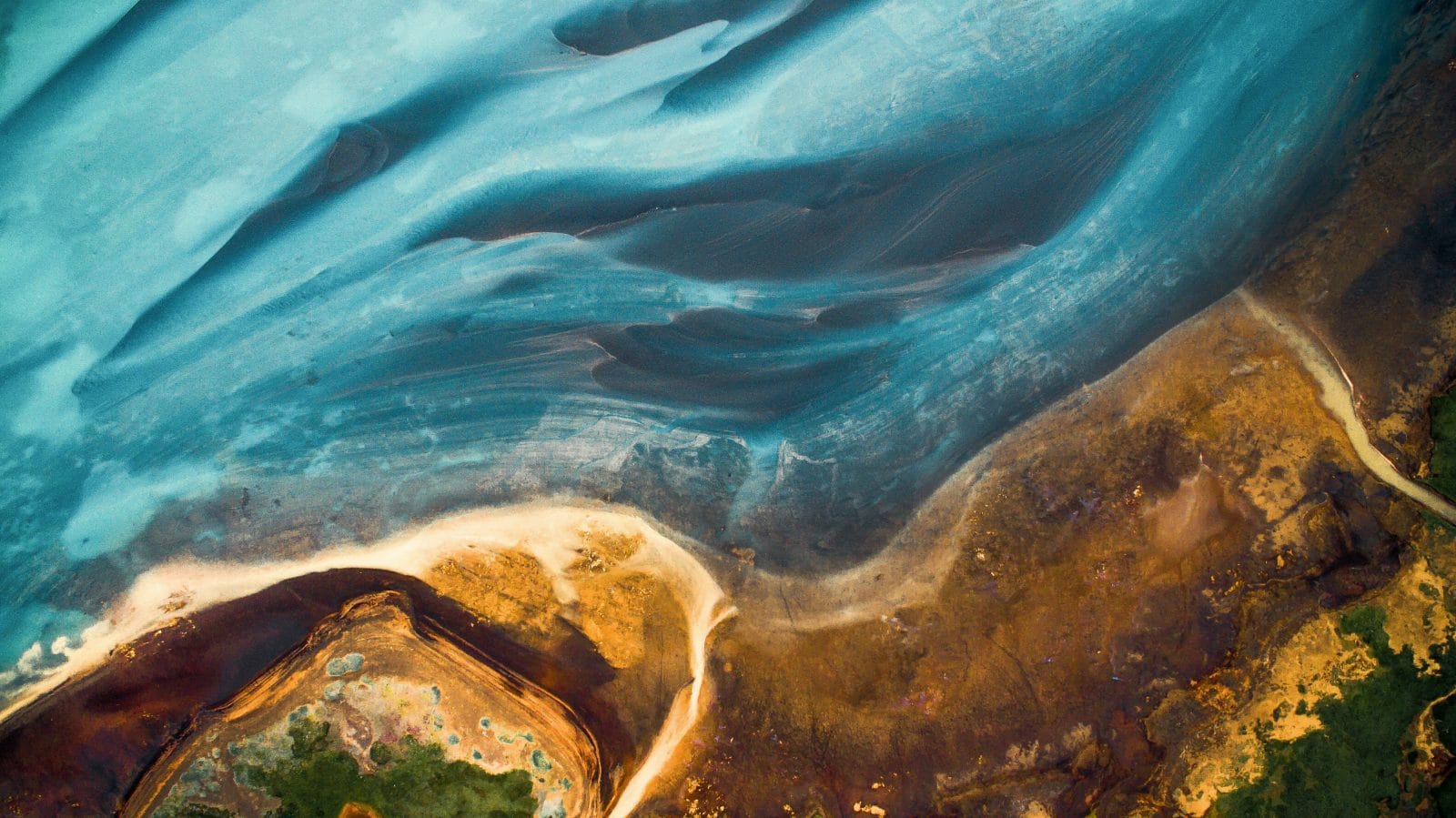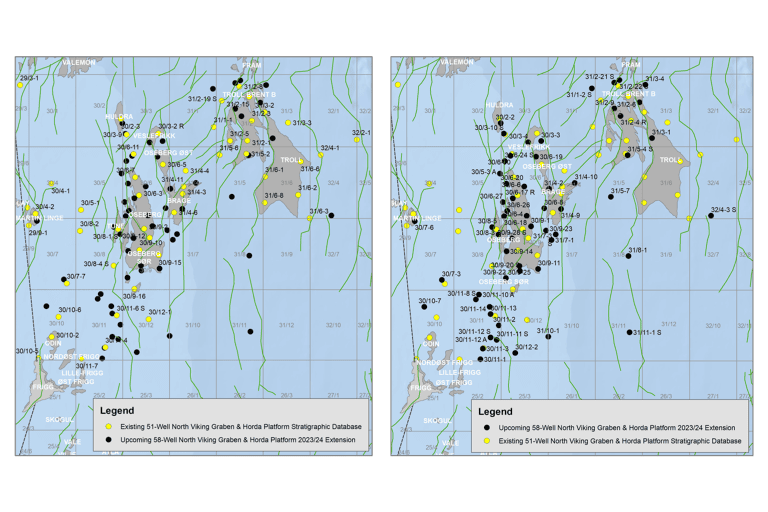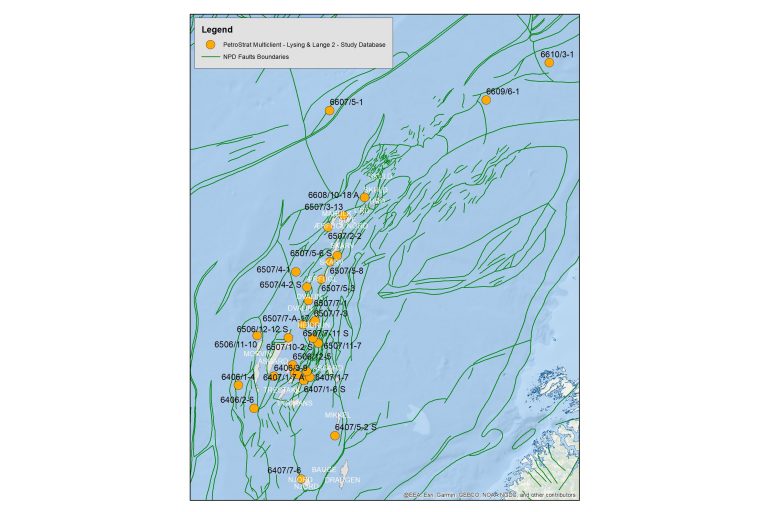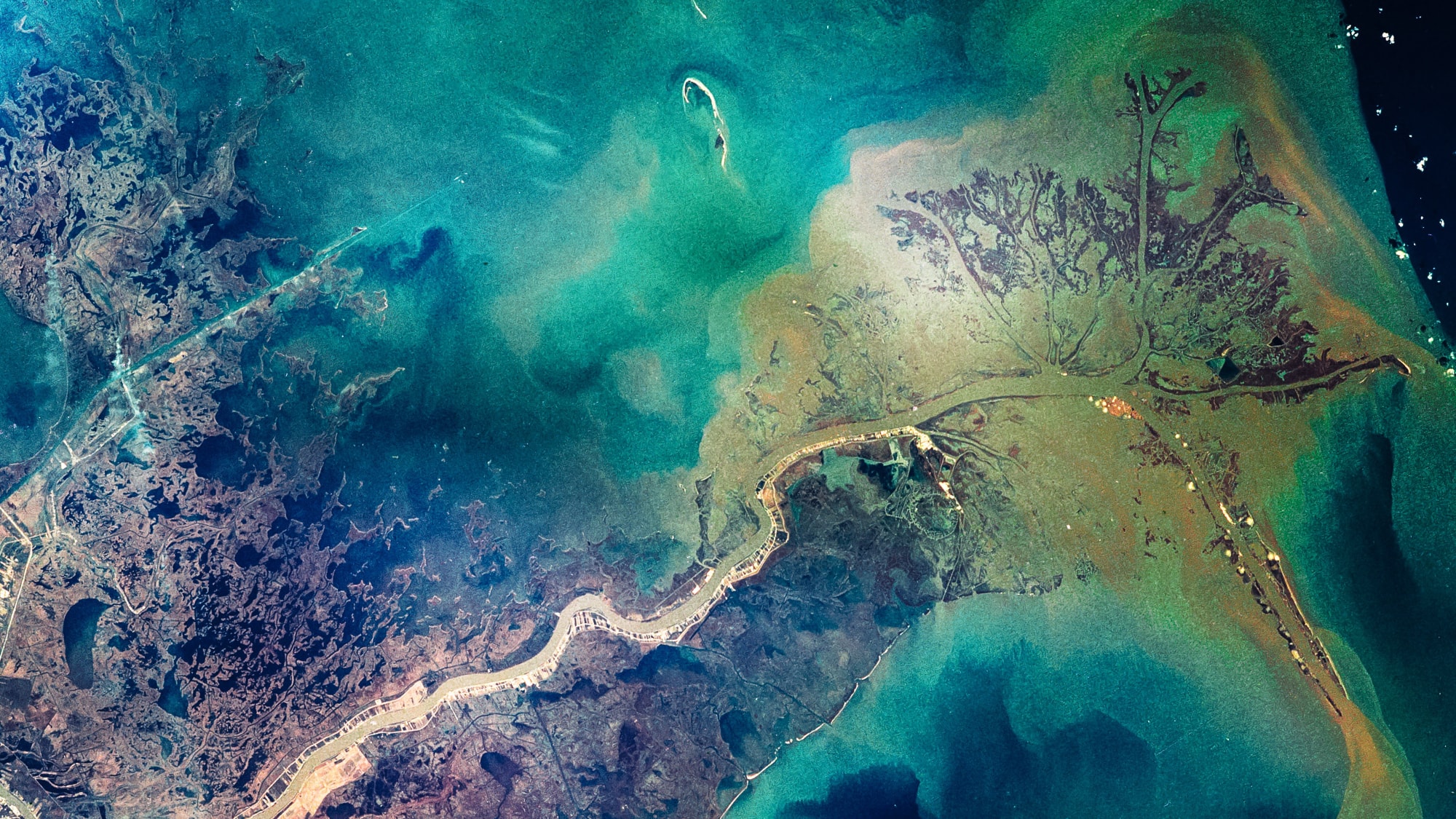
Study details a glance

Biostratigraphy
Review

New
Biostratigraphy
Analyses

Palaeoenvironments
& Facies

Provenance

29
Wells

Eocene
Paleocene
Key points
- Consortium based biostratigraphic study, with access to cuttings samples, wireline logs and existing stratigraphic reports from 29 wells kindly provided by 10 companies
- Demonstrates unequivocally, that in the Palaeocene sections of the GoM, palynology enables the highest resolution biostratigraphic zonation to consistently be applied and correlated.
- This project is being expanded in 2024 with a Phase Two study
PetroStrat proposes to undertake a consortium based biostratigraphic study of a number of wells that penetrate the Lower Tertiary sands in the deep water GoM. This will help to establish a robust high-resolution biostratigraphic / sequence stratigraphic framework for the Eocene-Paleocene succession and facilitate correlation of the stacked sands that make up the basin floor fans that are commonly attributed to the Wilcox. Companies are now being invited to register an interest and to indicate any wells and datasets they may wish to offer to the study.
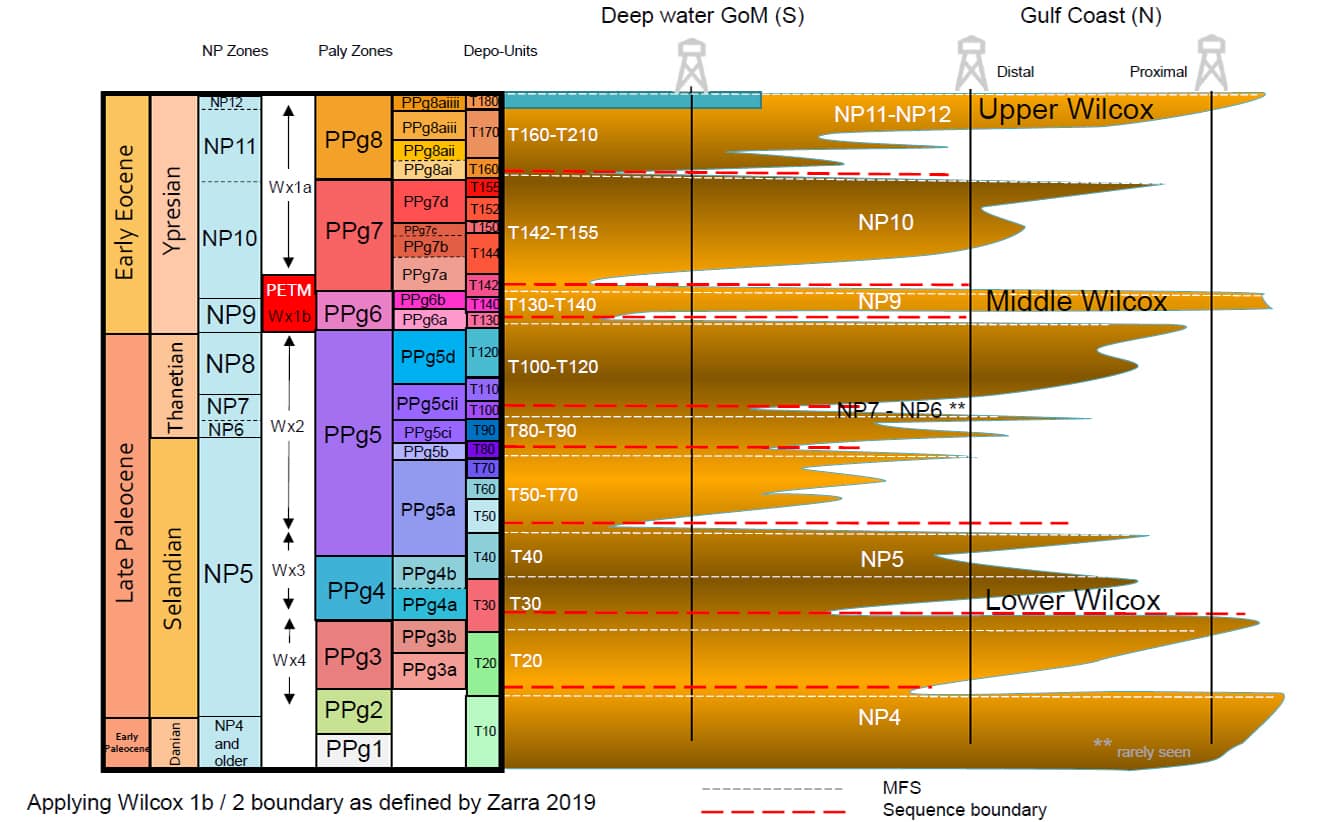
Background
Biostratigraphic studies of the Wilcox have traditionally utilized forams and nannofossils, but age diagnostic forms and reliable correlative events are often scarce in the deep water depositional system. This reflects either calcite deficiency/dissolution or the dominance of terrigenous material in the deep water depositional system, diluting autochthonous marine fossil assemblages. Relatively little use has been made of palynology, and yet this discipline is proven as the most valuable biostratigraphic tool, most especially within the Paleocene succession. Strong demand for a study is evident from companies who are requiring/requesting greater resolution using a consistent biostratigraphic framework (driven by palynology) and which is integrated with all the available biostratigraphic data and wireline log interpretation.

Palynology In The Wilcox
In recent years PetroStrat has empirically developed a palynological zonation for the Eocene-Paleocene of the deep water GoM. This is now based upon the analysis of 23 deep water well penetrations from across a broad transect of the GoM. The zonation uses both allochthonous terrestrially derived pollen & spores and autochthonous marine dinocysts. Palynology provides the best stratigraphic tool when ocean chemistry is calcite deficient (precluding calcareous faunal/floral development) or when allochthonously derived (terrigenous fossils) overwhelm the autochthonous faunas and floras. In fact restricted circulation can actually benefit palynology because dyserobic bottom conditions precludes the development of the benthic faunas & floras that consume organic matter deposited on the ocean floor.
Sampling & Analysis
Fully quantitative palynological analysis will be undertaken using processing and counting techniques developed specifically to capture both the marine and non-marine components of palynoflora assemblages. By increasing count size statistical analyses of data sets to help identify useful correlative features are more valid. Correlating quantitative events is far more reliable than correlating singular occurrences of fossils. It is our intention to integrate the palynology data with any pre-existing foram and nannofossil data that consortium members may be willing to offer to the project in order to help us achieve a fully integrated biostratigraphic approach.
Project
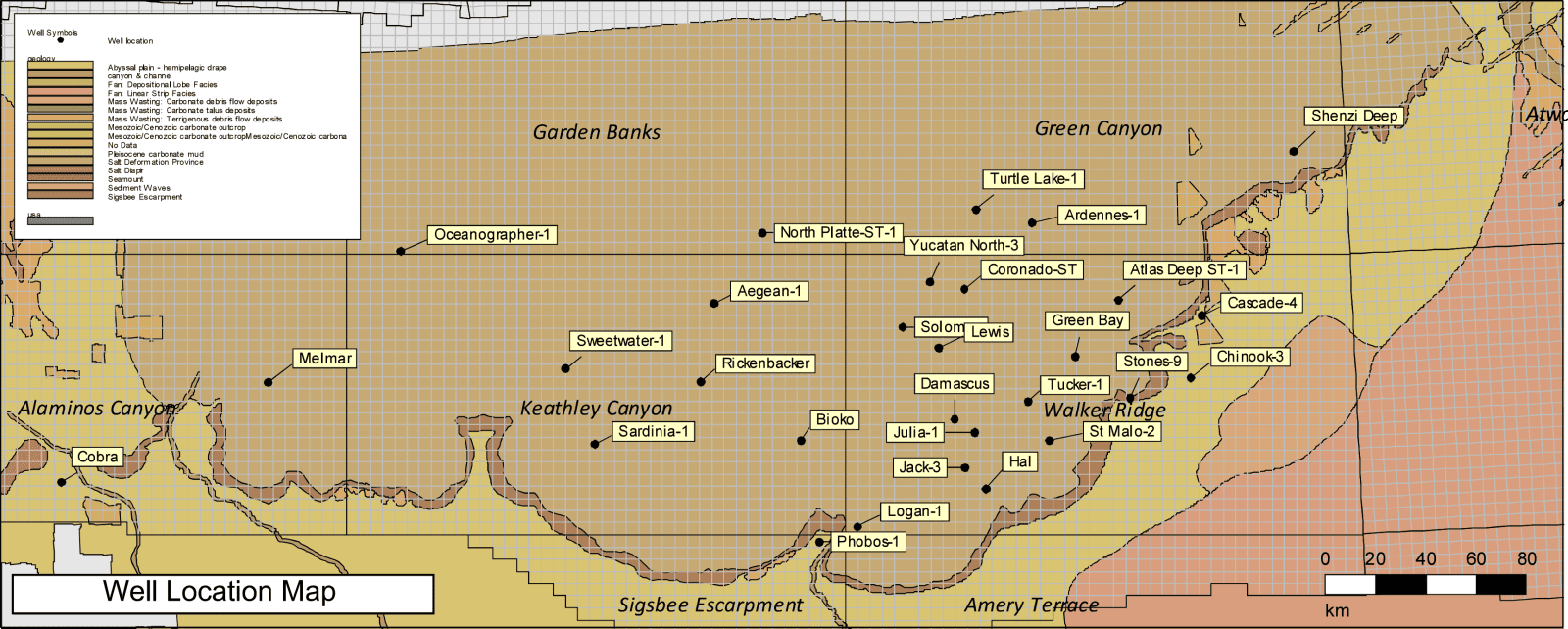
We envisage the study including between 20 and 25 wells, dependent upon how many companies participate. The study will require a collaborative effort between companies (by way of forming a consortium). Companies will be invited to offer up sample material, wireline logs and pre-existing biostratigraphic data (any existing foram, nannofossil and palynological data). The interval of interest will be from Middle Eocene to base Paleocene or well TD. The end product will include interpreted palynological fossil distribution data charts incorporating other biostratigraphic data (where made available) and interpreted PetroStrat zones. Integration with existing foram and nannofossil data will enhance the value of the project. A series of cross-sections and maps will be generated tied to the sequence stratigraphic framework that PetroStrat is developing for the Lower Tertiary depositional system in the GoM. This framework is being enhanced by another project PetroStrat is undertaking of onshore wells and outcrops, details of which are available separately.



